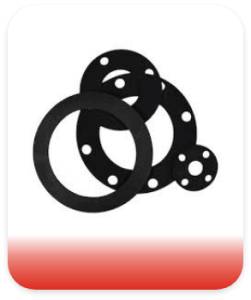
Rubber, a naturally occurring elastomer derived from the sap of rubber trees ( Hevea brasiliensis), or a synthetically produced polymer, boasts exceptional properties making it an indispensable material across a vast array of industries. This description explores the diverse types, characteristics, and uses of rubber.
Types of Rubber:
Key Properties & Characteristics:
Applications:
Rubber's versatility translates into a vast range of applications, including:
Choosing the Right Rubber:
Selecting the appropriate type of rubber depends heavily on the specific application and required properties. Factors to consider include:
This detailed description provides a comprehensive overview of rubber. For specific applications, further research into the various grades and formulations is recommended. Consult with a materials specialist to ensure you choose the right type of rubber for your project.